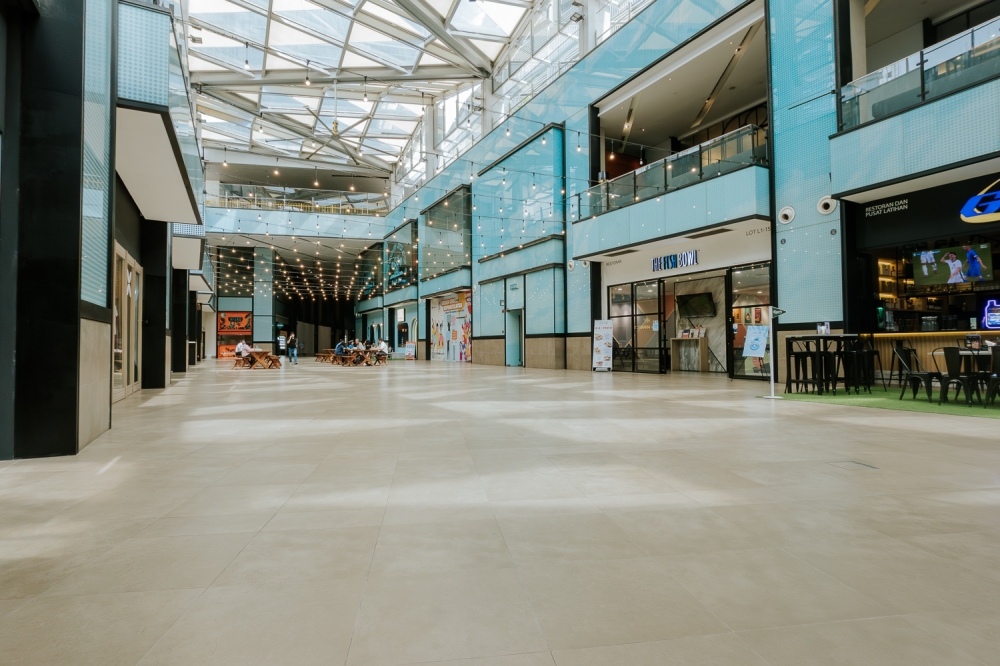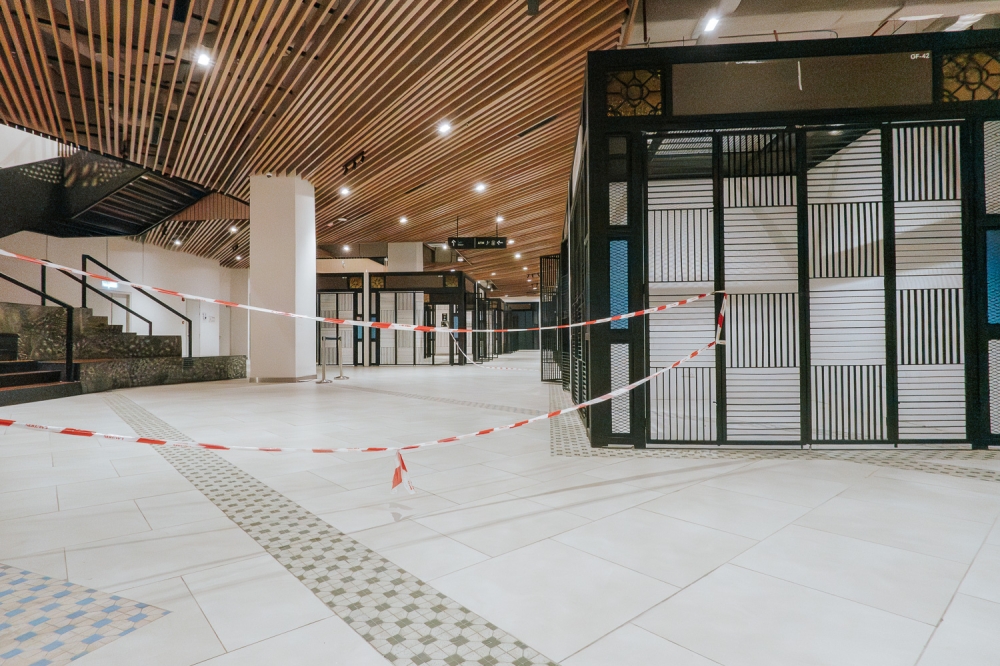KUALA LUMPUR, Oct 4 — The relentless stream of new shopping malls launching in the Klang Valley is a major challenge to the survival of older examples fighting to stay relevant, but experts said the threat is more than just the emergence of newer rivals.
They said the decline of older shopping malls — particularly those that have already been revamped in response to previous competition — is now more likely due to the rapid changes in Malaysians’ shopping habits as well as legacy issues such as their locations as well as retail strategies.
According to Associate Professor in Property Economics and Finance Muhammad Najib Razali from Universiti Teknologi Malaysia (UTM), these malls have older designs and infrastructure that struggle to attract shoppers as modern rivals have shifted consumer preferences and expectations.
“Low foot traffic at malls like Atria and Subang Parade can often be attributed to several factors, including a lack of differentiation and outdated facilities. These malls, designed and built in the 90s, have struggled to keep pace with evolving consumer preferences.
“Today’s consumers seek more than just traditional retail; they desire unique experiences, entertainment options, and modern, aesthetically pleasing environments — areas where these older malls often fall short,” he explained.
While Malaysia already had a surplus of malls prior to the Covid-19 pandemic, this did not stop developers from launching more during the period, including high-end examples such as The Exchange TRX that has arguably displaced Suria KLCC as the country’s premier shopping mall.
More are also set to come online, such as the seven-storey 118 Mall that will open to the public next year. Muhammad Najib said these will continue to draw shoppers away from older malls through their advantage of more modern facilities, better accessibility, and more diverse tenant mixes that appeal to broader audiences.
These attributes would pose a significant challenge, he said, especially for ones that were previously updated in the previous decades due to the sharp change in consumer preferences.

Among these include Atria Shopping Gallery that was redeveloped from 2012 to 2015 and reopened thereafter, and Subang Parade — once the longest shopping mall in South-east Asia — that underwent refurbishing in 2016. Other malls such as Jaya Shopping Centre in Petaling Jaya and Fahrenheit88 in Kuala Lumpur were also renovated in the past decade, and relaunched to varying success.
While Fahrenheit88 has risen to new heights under the Pavilion Group’s umbrella, the others have struggled to recapture their past success.
Azrai Azman, a lecturer at the Department of Quantity Surveying, Faculty of Architecture, Planning and Surveying with Universiti Teknologi MARA (UiTM), said the examples showed the crucial interplay between location, tenant mix, and facilities.
He said the right mix meant “appropriately sized” malls like could feasibly compete even if they were in lower density locations while the wrong ones could struggle those even in the most premium spots such as Kuala Lumpur’s Golden Triangle.
“While a supermarket may be near a residential area, that does not guarantee foot traffic. People might opt for other destinations,” he said when discussing refurbished malls that have struggled.
Azrai added that finding a unique niche could also give older malls a lifeline, citing the popularity of Amcorp Mall in Petaling Jaya with flea market enthusiasts, with the caveat that this would only delay the inevitable if a mall lacks the right ingredients for success.
Senior lecturer Nor Azlinda Mohamed Sabli from UiTM's School of Construction and Quantity Surveying, College of Built Environment (CBE) was another who held up Amcorp Mall as an example of an older mall that has retained relevance.
She stressed the importance of showcasing local products and community initiatives, such as car boot sales, to foster community engagement and support local businesses.
“My approach to mixed-use developments isn’t just about combining residential and commercial spaces; it’s about ensuring these developments are supported by efficient transportation systems, such as transit-oriented development (TOD) and transit adjacent development (TAD).
“Equally important is our commitment to sustainable and eco-friendly designs, where green buildings, energy efficiency, and walkable surroundings are key to creating a liveable environment. Additionally, digital integration in retail is crucial, but we must balance online shopping and in-store pickups with the needs of elderly shoppers who may not be familiar with digital apps,” she said.

According to the National Property Information Centre (Napic), there is an incredibly diverse retail landscape in the Klang Valley, with 155 shopping complexes in Selangor and 113 in Kuala Lumpur as of the first quarter of 2024. As a single state, Johor leads with 156 shopping centres.
Of the 155 shopping complexes in Selangor, 89 are shopping centres, 16 are arcades, and 50 are hypermarkets. In Kuala Lumpur, 76 are shopping centres, 30 are arcades, and seven are hypermarkets. Johor has 69 shopping centres, 39 arcades, and 48 hypermarkets.
Muhammad Najib said the data showed an uneven distribution in demand that highlighted the importance of location, with areas such as Bangsar and Bukit Bintang being highly sought after while others such as Damansara and Pudu being renters’ choice.
“The overall market in Kuala Lumpur shows diversity, with pockets of high performance and areas needing further development to achieve higher occupancy,” he said, referring to the Napic data.
According to Professor Nuarrual Hilal Md Dahlan from the University Utara Malaysia’s (UUM) College of Law, Government and International Studies, Malaysia must ultimately consider the effects of building ever more shopping malls, not just on older ones but to the country overall.
While the continued development indicated investors’ confidence in the Malaysian economy, he said an extreme oversupply in property development would the detrimental to both investors and the country.
He said the property glut is driven by both domestic and foreign investors eager to invest in Malaysian property development and profit from its “sell-then-build” system, which increasingly requires accurate demand forecasting to be made prior to authorities’ approval for construction.
“Decisions should be informed by economic conditions and demographic trends, with regular surveys to track these factors. Existing malls should offer competitive leases and adapt their amenities and activities to current public preferences based on regular feedback.
“This approach will help maintain mall viability, attract visitors, and boost sales. Ignoring public trends could result in reduced foot traffic and decreased business success,” he said.





















